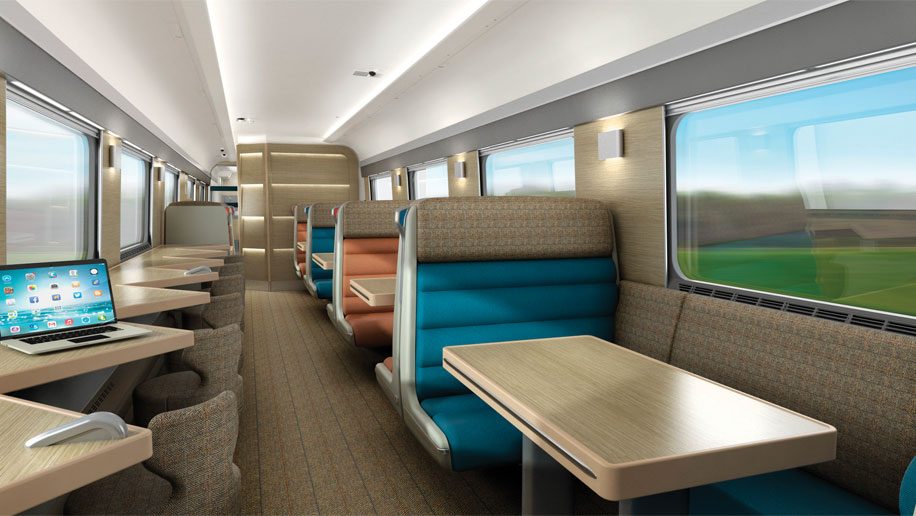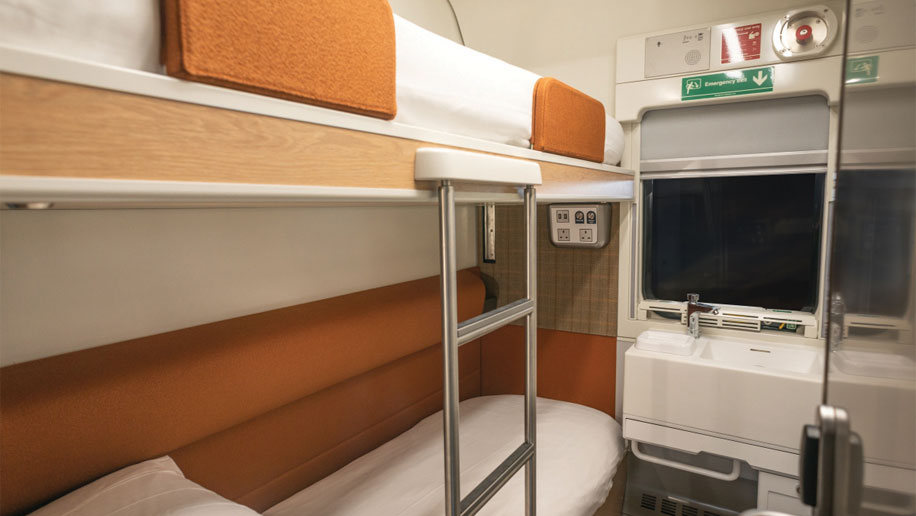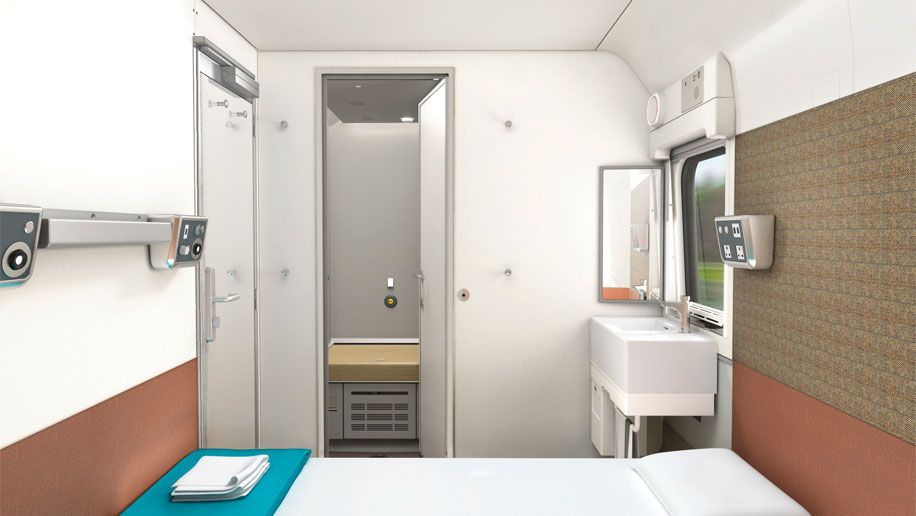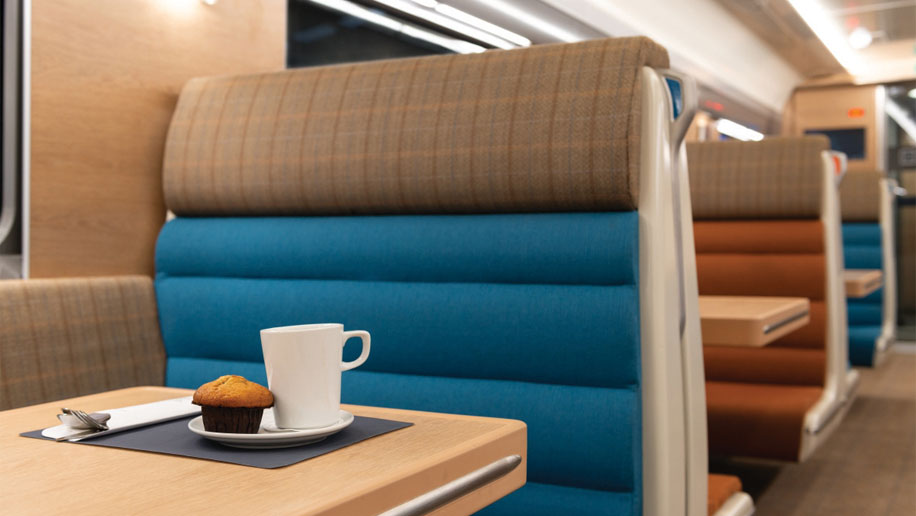
With the arrival of the new Caledonian Sleeper imminent, what can you expect on board?
From June, Anglo-Scottish overnight rail travel will never be the same again. The 40-year-old British Rail sleeper carriages are being phased out and will no longer be used for the Caledonian Sleeper operated by Serco. In their place comes luxurious new rolling stock the likes of which we have never before seen in the UK.
The new hotel-standard carriages will begin plying what Caledonian Sleeper calls its Lowlander services linking London Euston with Glasgow and Edinburgh, with an expected launch date of June 2. It is anticipated that the new stock will be extended to Highlander routes linking Euston with Aberdeen, Fort William and Inverness soon afterwards.

The new coaches were constructed by Spanish manufacturer CAF at a cost of £100 million, which included a grant of £60 million from the Scottish government. They are air-conditioned, as were the old British Rail sleeper trains, but also come with adjustable thermostats, hotel-style key cards, charging panels and wifi. The popular Club Car serving Scottish specialities will be retained.
Passengers will doubtless find that the biggest improvement is the introduction of en-suite facilities for the better accommodation. It’s the first time this has been offered in the UK, although it has been available (for the better compartments) in mainland Europe for many years.

Back in the 1980s, British Rail thought it acceptable for passengers (in either standard or first class) to have to trek down the corridor to use the toilet. In the small compartment, the so-called washing facilities comprised a small hand basin only. Thankfully, times have changed. Just as today’s travellers expect all hotel rooms to have en-suite facilities, so too do overnight rail travellers booking the better accommodation.
Right now, the existing trains are simply first and standard class. Cabins are the same – you book first class for single accommodation or standard class if you wish to share. There is also a separate section for passengers who are prepared to sit up all night.
The CAF-built trains will have four grades of accommodation:
- Comfort seats, which will now recline and have secure lockers for peace of mind
- Club rooms (solo or shared use), which equate to the current first class
- En-suite Club rooms (solo or shared use)
- Caledonian Double (double bed en suite)

One drawback is that the quality comes at a price. For travel midweek in June on the London-Edinburgh route, Caledonian Sleeper’s website quoted these typical one-way fares: £45 for a Comfort seat; from £140 for a Club (no en suite); from £205 for a Club (en suite); and from £335 for a Caledonian Double (en suite). Note that the accommodation prices are per cabin, based on one person travelling. Prices increase by at least £30 if two are sharing.
Alongside this, the lounge offering has been upgraded at a number of stations. Passengers have use of the Virgin Trains lounge at London Euston and an existing lounge at Inverness. Lounges have also been opened at Dundee, Fort William, Leuchars, Perth and Stirling.
Many of these locations have no air services, hence their appeal to passengers. In particular, the Highlander services (which may not see the new rolling stock for a little longer) are popular with parliamentarians as they serve rural communities located some distance from an airport. The Lowlander routes are aimed at business travellers and upmarket tourists.

Fallen star
Some 25 years ago, UK rail tracks almost hosted sleeper rolling stock that was equally comfortable and luxurious – Nightstar, the overnight version of Eurostar – but the service was cancelled at the last minute.
Although it was not high-speed, Nightstar would have run from London and the UK regions to mainland Europe. Typical routes planned were London to Amsterdam/Cologne, Plymouth to Brussels, Swansea to Paris and Glasgow to Paris/Brussels.
But the 1990s were a time of airline liberalisation. Fares were falling thanks to the advent of low-cost airlines, while regional services were expanded. With the Nightstar business case unproven, the project was scrapped in 1997 after millions of pounds of taxpayers’ money was spent on constructing a small fleet.
After standing idle for a number of years, Nightstar’s rolling stock was sold to the Canadians at a knock-down price. Few photographs exist of Nightstar because most testing was carried out at night.












